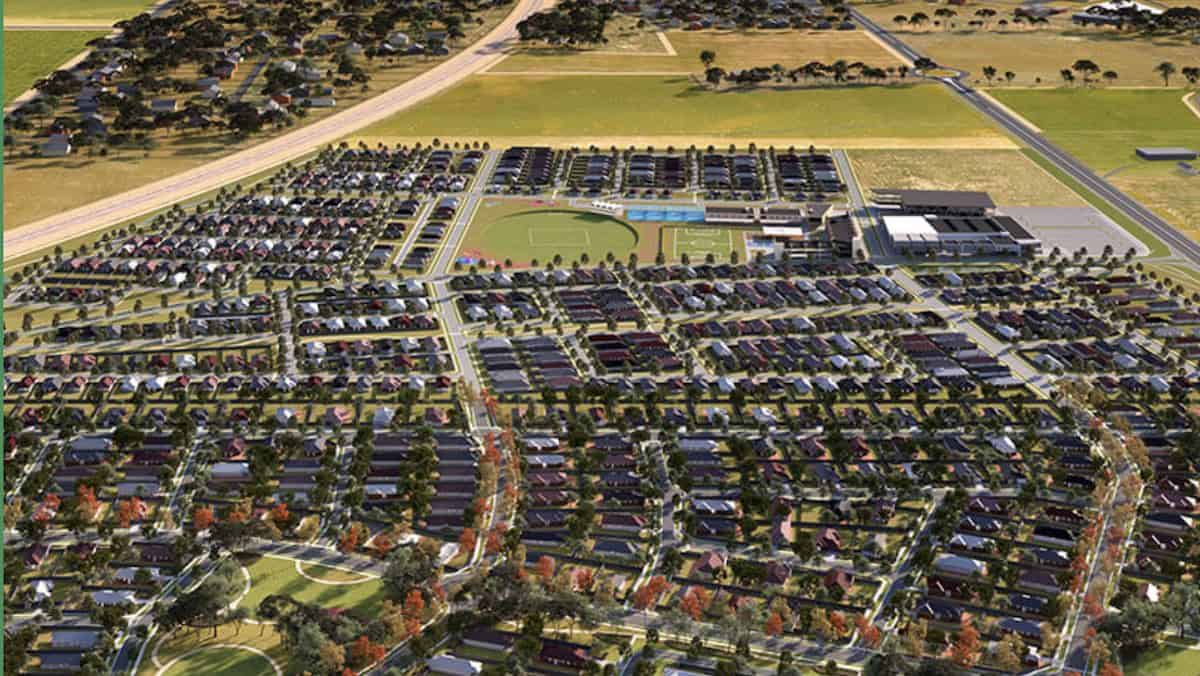Land at Roseworthy, Two Wells, Murray Bridge, Victor Harbor and Goolwa penciled for rezone
The state Government will introduce a bill to rezone Environment and Food Production Areas (EFPA) to help combat the state’s housing crisis and ensure development-ready land over the next three decades.
Premier Peter Malinauskas says changing the EFPA boundaries to align with the Greater Adelaide Regional Plan (GARP) will unlock the potential to accommodate 61,000 new dwellings to ensure a greater supply of land for housing. The plan identifies land within the current EFPA at Roseworthy, Two Wells, Murray Bridge, Victor Harbor, and Goolwa.
The Premier and Minister for Housing and Urban Development, Nick Champion, said in a release today, that without the proposed changes, the housing crisis could continue for another generation, as most of the proposed greenfield growth sites identified in GARP could not be rezoned and developed within the next 15 to 20 years. The proposed changes to the EFPA represent less than one per cent of agricultural lands in the Greater Adelaide region.
The GARP investigations that informed the identification of growth areas included detailed land suitability assessments which considered environmental value and the agricultural value of land.
The state Government say the changes are needed now so that detailed land use and infrastructure planning can commence, to ensure South Australia is not caught short, “and that mistakes of the past are not repeated.”
“Since taking office, the Malinauskas Labor Government has approved 30 code amendments, rezoning 500 hectares of land to create at least 7,000 new dwellings. In contrast, the former Liberal Government only rezoned less than 190 hectares of land across its four-year term. This left the state with a catastrophic shortage of development ready land which contributed to the current housing crisis,” the statement read.
“Over the next 30 years South Australia will need approximately 315,000 more homes. The GARP has identified a mix of greenfield development and strategic urban infill opportunities to ensure we meet this target. When the EFPAs were created, the Government’s priority was for 85 per cent of all growth to occur through infill development which means the existing Act is inconsistent with the current objectives and needs updating.”
Nick Champion said “The GARP identifies land appropriate for housing which is neighbouring existing residential areas and is already well serviced by infrastructure.”
The bill to amend the Planning, Development and Infrastructure Act 2016 to ensure EFPAs are aligned with the GARP is planned to be introduced to Parliament this week.







